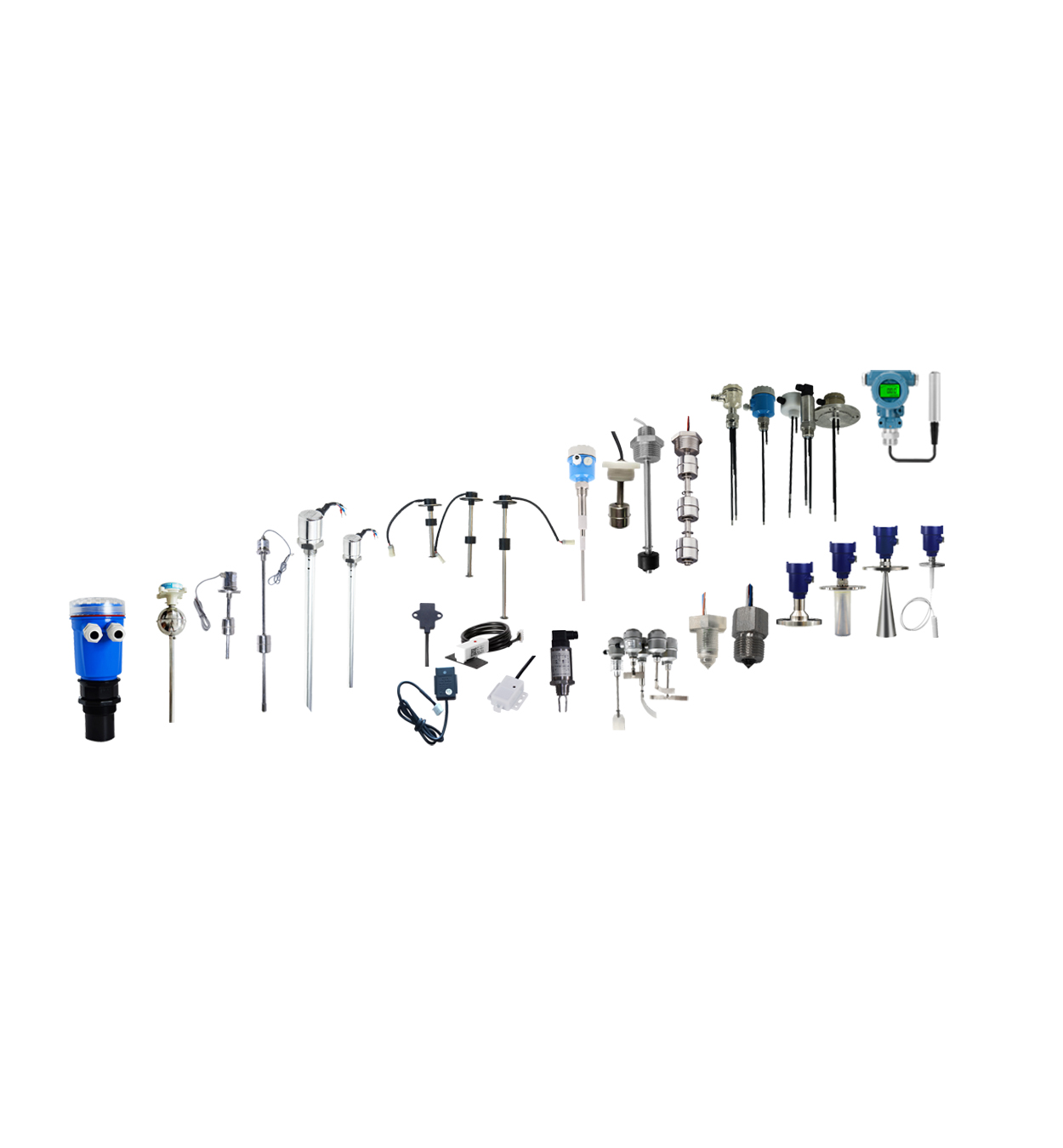Top 10 Level Sensor Manufacturer,Factory and Suppliers
Table of Top 10 Level Sensor Manufacturer, Factory and Supplier Add a header to begin generating the table of contents

Level sensors play crucial roles in various industries and applications, primarily revolving around the measurement and monitoring of liquid or solid levels. Some of the key roles of level sensors include:
Monitoring Inventory Levels: Level sensors are commonly used to monitor and manage inventory levels in storage tanks, silos, and other containers. They help ensure optimal stock levels, prevent overfilling or underfilling, and facilitate timely replenishment.
Process Control: In industrial processes, level sensors play a vital role in controlling the flow of liquids or solids to maintain desired levels. They help regulate production rates, ensure consistent product quality, and prevent equipment damage due to overflows or shortages.
Safety and Environmental Protection: Level sensors contribute to safety by detecting and preventing potential hazards such as spills, leaks, or overflows. By providing early warnings and triggering alarms or shutdown systems, they help mitigate risks to personnel, equipment, and the environment.
Automation and Integration: Level sensors are essential components of automated systems, where they enable seamless integration with control systems for efficient operation. They facilitate automation of tasks such as filling, dosing, mixing, and batching, improving productivity and reducing manual intervention.
Quality Assurance: In manufacturing and processing industries, level sensors ensure precise measurement and control of ingredients, raw materials, or finished products. This helps maintain product consistency, meet quality standards, and minimize waste or rework.
Environmental Monitoring: Level sensors are used in environmental monitoring applications to measure water levels in rivers, lakes, and reservoirs. They provide valuable data for flood forecasting, water resource management, and environmental research.
Equipment Protection: Level sensors help protect equipment such as pumps, compressors, and boilers by preventing dry running or cavitation. By monitoring fluid levels and triggering alerts or shutdowns when levels are too low, they extend the lifespan of equipment and reduce maintenance costs.
Remote Monitoring and Telemetry: With advancements in sensor technology and connectivity, level sensors can now be integrated into remote monitoring and telemetry systems. This allows real-time monitoring of levels from anywhere, enabling proactive maintenance, troubleshooting, and decision-making.
Overall, level sensors play diverse and critical roles across industries, contributing to efficiency, safety, and environmental sustainability.
Besides, How many types of level sensors are there? Let us list the level sensor types below.
Table of Top 10 Level Sensor Manufacturer, Factory and Supplier Add a header to begin generating the table of contents